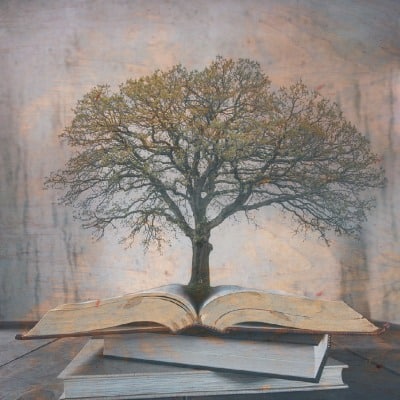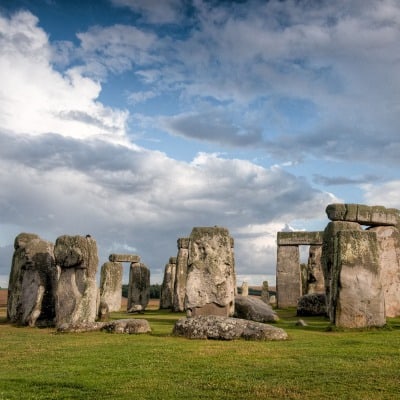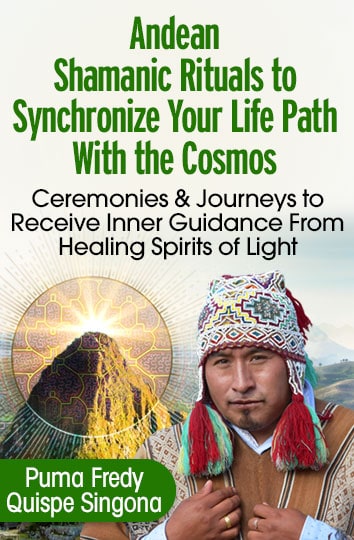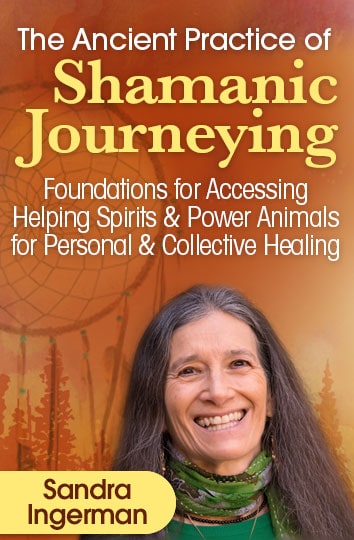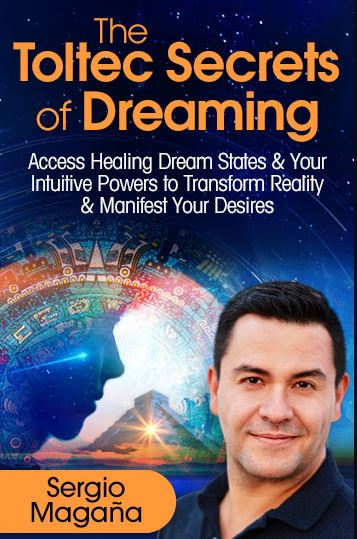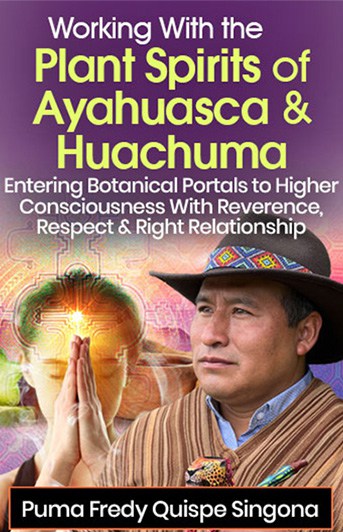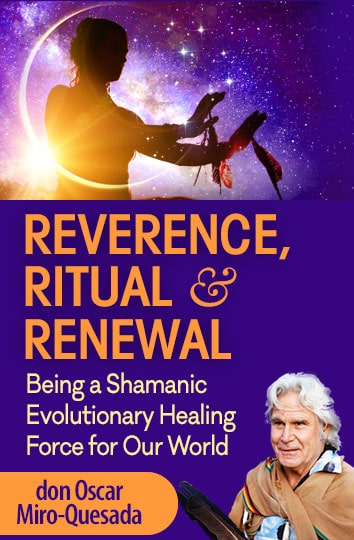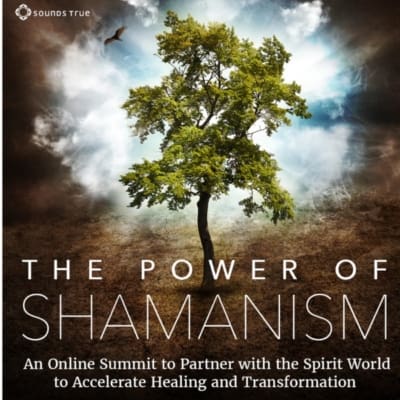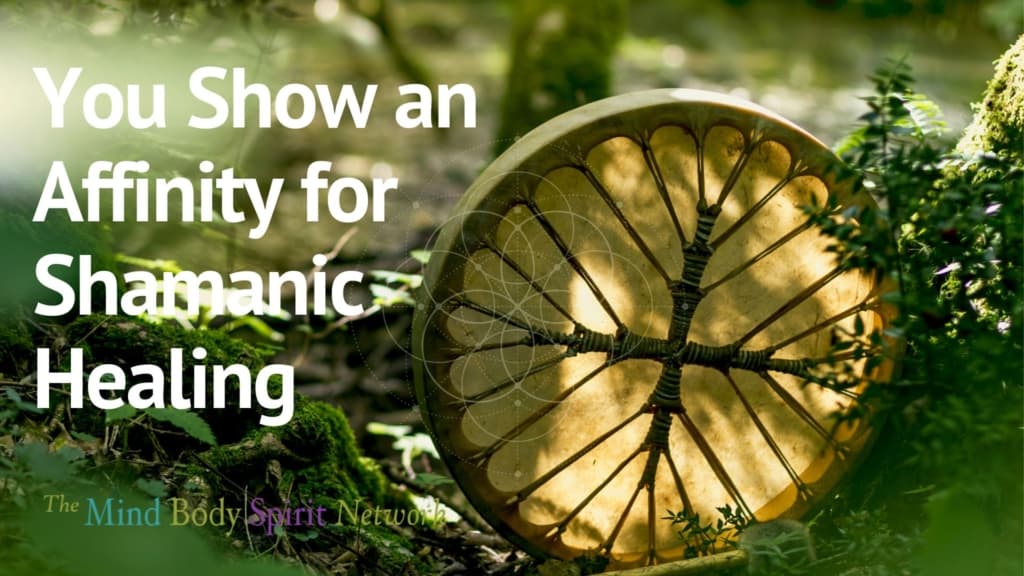
AFFILIATE DISCLAIMER:
This Mind Body Spirit Network site contains affiliate links to products, online events, and tools for personal & professional transformation from Sounds True. The Shift Network, MindValley, Evolving Wisdom, Positive Psychology, mindbodygreen, and other reputable and consciously aligned personal development, spiritual growth, and transformational companies. We set ourselves apart by vetting teachings and resources calibrated to be of higher consciousness, meaning upward-lifting, positively oriented, and constructive. We may receive a commission for purchases made through these links.
Shamanic Healing Practices for Self-Healing May Be Something for You to Consider!
According to ConsciousnessCalibrations.com, shamanism is of higher consciousness at 205 of the scale of human consciousness. It is constructive, upward lifting, and positive aspect oriented. This calibration is also the energy of the earth. is a You may benefit from learning more about the holistic health benefits of somatic movement therapy especially if you care to resolve physical issues with your body. Or want to move into a stronger, more flexible, resilient and healthy body.
 What Is Shamanic Healing?
What Is Shamanic Healing?
Shamanic healing is a form of spiritual healing that is based on the principles and practices of shamanism. In shamanic healing, the shaman or practitioner works with the spirits and energies of the natural world to restore balance and harmony to the individual or community.
The shamanic healing process often involves entering into a trance state, which allows the practitioner to communicate with spirit helpers and guides. The practitioner may use various tools and techniques, such as drumming, flute medicine, chanting, or ritual, to access these altered states of consciousness.
Once the practitioner has connected with the spirit helpers, they may work to remove energetic blockages or spiritual intrusions that are causing imbalance or dis-ease in the individual. They may also work to retrieve lost soul parts or power animals that have become disconnected from the individual, as well as provide guidance and wisdom from the spirit world.
Shamanic healing is often used to address a wide range of physical, emotional, and spiritual ailments. It is based on the belief that these ailments are often caused by imbalances or disruptions in the energetic or spiritual body, which can be addressed through spiritual healing practices.
Discover Online Summits for Healing and the next Shamanic Wisdom Summit here.
Here are some common qualities of people interested in self-healing or healing others with shamanic practices:
Open-Minded

Curiosity and open-mindedness: People interested in shamanism and shamanic healing tend to be curious about different ways of understanding the world and open to exploring alternative beliefs and practices.
Spiritual
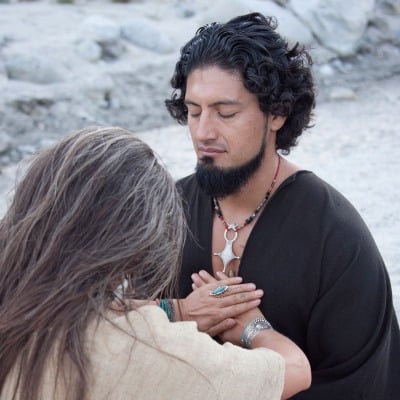
Spirituality: Shamanism often involves a spiritual component and understanding that , and people interested in shamanic healing may have a strong spiritual or mystical inclination.
And per the Hamlet quote, there is likely a deep understanding that, “There are more things in heaven and earth, Horatio, than are dreamt of in your philosophy”
Connection to Nature

Connection to Nature: Shamanic traditions often emphasize the importance of connecting with nature and recognizing our place within the natural world. People interested in shamanism for preventive care may have a deep appreciation for the natural world and a desire to connect more deeply with it.
Shamanic Healing
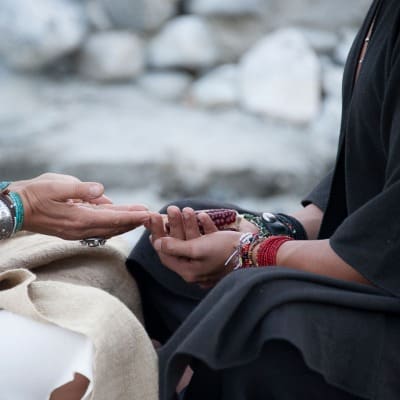
Shamanic Healing Practices: Many shamanic traditions involve healing practices, and people interested in shamanism may be drawn to these practices as a way to address physical, emotional, or spiritual issues.
Creativity

Creativity: Shamanism often involves creative practices such as music, drumming, flute medicine, dance, and art. People interested in shamanism may have a strong creative streak and be interested in exploring these expressive arts.
ANCESTRAL HEALING
In shamanic understanding, ancestral healing refers to the process of addressing and healing unresolved issues and traumas that have been passed down through generations in a family lineage. These unresolved issues can manifest in various ways, such as emotional or physical health issues, relationship challenges, or patterns of behavior.
The shamanic approach to ancestral healing involves working with the spiritual energies and connections between the living and the dead. This may involve ceremonies, rituals, or meditative practices aimed at connecting with ancestors, understanding their stories and struggles, and seeking their guidance and healing.
The shamanic practitioner may also use techniques such as soul retrieval, where the shaman journeys to retrieve lost or fragmented aspects of the ancestral lineage’s soul that have been separated or lost through trauma, neglect, or disconnection. These techniques are aimed at restoring balance, harmony, and wholeness to the ancestral lineage, bringing healing and transformation to the living family members.
Discover Online Summits for Healing and the next Ancestral Healing Summit here.
Native American Shamanism
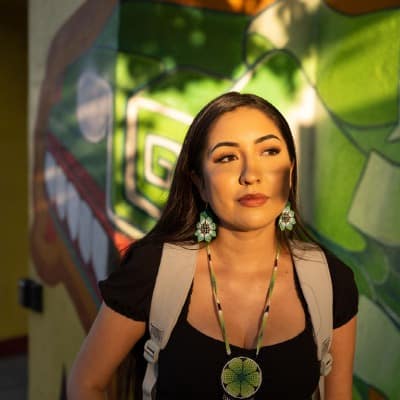
Native American Shamanism: This is a broad term that encompasses a wide variety of indigenous shamanic practices in North and South America. Native American shamanism often involves the use of plants, animal spirits, and ceremonies to heal and connect with the spirit wor
If Native American Shamanism speaks to you, I’d like to introduce you to THE Shaman’s Shaman, Sandra Ingerman.
She offers two FREE online webinars and one video series that may be a great place for you to begin:
- The Healing Power of Shamanic Journeying for Guidance & Healing: How to Access Inner Guidance from Helping Spirits, and
- The 3 Hidden Worlds of Shamanic Journeying: Discover Foundational Practices to Access Helping Spirits & Power Animals for Personal & Collective Healing
- Transfigure and Transform Your Toxic Thoughts: A Two-Hour Session from Sandra Ingerman’s Healing with Spiritual Light: The Shamanic Power of Transfiguration to Heal Ourselves, Each Other, and the Earth
Meet all shaman teachers here.
Celtic Shamanism: This is a modern form of shamanism that draws on the shamanic practices of the ancient Celts. It often involves connecting with the spirits of nature and the ancestors to gain insight and healing.
If the Celtic Shamanism speaks to you for self-healing, I’d like to recommend Celtic Shaman, Jane Burns, one of the best storytellers I’ve interviewed:
The Gifts of Celtic Shamanism: Living from Gratitude, Courage, Generosity & Wonder.
You can also: Explore the Wisdom and Practices of Celtic Shamanism in this comprehensive blog post here.
Meet all the shamanism teachers here.
Andean Shamanism
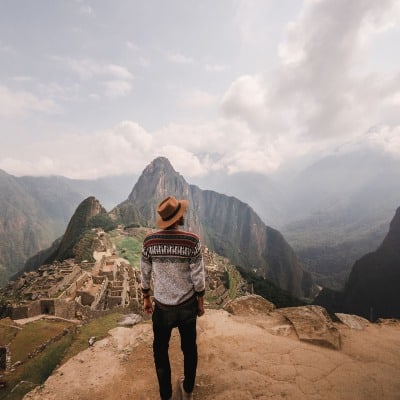
Peruvian shamanism and Andean shamanism are two distinct forms of shamanism that originate from the indigenous peoples of Peru and the Andean region of South America.
Peruvian shamanism is a practice that involves working with plant medicines such as Ayahuasca and San Pedro, as well as connecting with spirits and the natural world to gain insight and healing. It is often referred to as “plant spirit” shamanism and is known for its powerful healing properties and transformative effects.
Andean shamanism, on the other hand, focuses on connecting with the mountains and the natural world through rituals and offerings. It emphasizes the importance of living in harmony with nature and the community and is often practiced in conjunction with Catholicism.
If the Andean or Peruvian shamanism speaks to you, I highly recommend the following FREE online webinars, with renowned Shamanic Practitioners and teachers:
Andean Shamanic Rituals to Transform Darkness Into Light Energy: Glimpse Your Place in the Cosmos in an Empowering “Legend of the Hummingbird” Meditation with Puma Fredy Quispe Singona
Meet all the shamanic teachers here.
Universal Shamanism
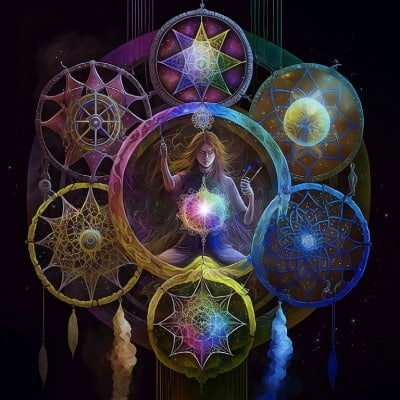
Universal Shamanism is a modern form of shamanism that draws on the practices of many different shamanic traditions from around the world. It emphasizes the universal principles and techniques of shamanism, such as journeying, connecting with spirit guides and power animals, and healing through energy work. It is often seen as a more accessible and inclusive form of shamanism that is not tied to any specific cultural or ethnic tradition.
If the practice of Universal Shamanism speaks to you, I highly recommend the teachings of The Shift Network’s premier Universal Shaman, don Oscar Miro-Quesada.
Meet all the shaman teachers here.
He offers some FREE introductory webinars on the topic of universal shamanic rituals and healing:
- Discover Yourself as One With the Cosmos Through Shamanic Journeying: Encounter 5th Dimension Consciousness for Expanded Awareness & Healing
- Path of the Universal Shaman: Puma Medicine…Transforming Your Awareness with Shamanic Power.
Dream Shamanism

A dream shaman, also known as a dreamworker or dream healer, is a practitioner who specializes in working with dreams and the spiritual realm of the dream world. In many shamanic rituals and traditions, dreams are seen as a powerful source of guidance and wisdom, and dream shamans work to interpret and understand the messages that come through dreams.
Dream shamans may work with individuals or communities to help them understand the significance of their dreams and how to apply the insights gained from their dreams to their waking lives. They may also use various techniques to help people access and remember their dreams, such as lucid dreaming practices, dream journaling, or meditation.
In some shamanic traditions, dream shamans may also use dream incubation rituals to help individuals receive guidance or healing in their dreams. These rituals may involve setting intentions before sleep, creating a sacred space, and using ritual objects such as crystals or herbs to enhance the dream experience.
Dream shamans may also work to heal any imbalances or blockages that are revealed through dreams. This may involve working with spirit helpers or performing shamanic rituals to release negative energies or to bring in positive energies and healing.
Overall, dream shamans play an important role in helping individuals and communities access the wisdom and guidance that is available through the dream world.
If you are interested in the practices of dream shamanism, these two FREE introductory courses on dream shamanism may be of interest to you:
- Toltec Dreaming & the Prophecies of the Suns: Ancient Dreaming Practices and Shamanic Rituals to Release the Past, Heighten Intuition, Heal & Manifest with Sergio Magaña
- Dreaming the Soul Back Home & The Power of Active Dreaming: How to Use Your Dreamtime for Healing & Transformation with Dream Shaman Robert Moss
Discover Online Summits for Healing and the next Dream Summit here.
Meet all dream shaman teachers here.
Other Types of Shamanism

Siberian Shamanism: This is one of the oldest and most well-known forms of shamanism, practiced by the indigenous peoples of Siberia. It involves communicating with spirits through rituals and trance states to help individuals and the community.
Mongolian Shamanism: This form of shamanism is practiced by the nomadic peoples of Mongolia and involves communicating with ancestral spirits and the natural world to gain wisdom and healing.
African Shamanism: African shamanism includes a variety of different traditions and practices, depending on the region and culture. Some common practices include divination, trance dancing, and connecting with ancestral spirits.
Amazonian Shamanism: This is a form of shamanism practiced by indigenous peoples in the Amazon rainforest. It often involves the use of plant medicines and the guidance of spirits to heal physical and spiritual ailments.
Korean Shamanism: This is a traditional form of shamanism practiced by the people of Korea. It involves communicating with spirits and ancestors to seek guidance and healing.
Australian Aboriginal Shamanism: This is a form of shamanism practiced by the indigenous peoples of Australia. It involves connecting with the Dreamtime, a spiritual realm that exists beyond time and space.
With this in mind, we have consciously curated shamanic healing and rituals training exercises, resources, tools, and courses for you if you want to develop some powerful tools for shamanic self-healing and preventive care—
Explore FREE Shamanic Rituals & Practices Intro Events with Renowned Shamanic Practitioners and Teachers
Ready for a “Starter Kit” for Shamanic Rituals? Begin with Smudging!
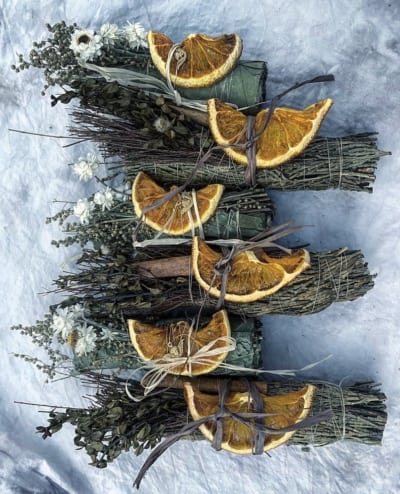 Smudging is a shamanic ritual that involves burning certain plants, such as sage, cedar, or palo santo, to cleanse the energy of a space, object, or person. The smoke from the burning plants is believed to have purifying properties that can clear away negative energy and promote healing and balance.
Smudging is a shamanic ritual that involves burning certain plants, such as sage, cedar, or palo santo, to cleanse the energy of a space, object, or person. The smoke from the burning plants is believed to have purifying properties that can clear away negative energy and promote healing and balance.
To perform a smudging ritual, a bundle of dried herbs or a smudge stick is lit and then blown out so that it smolders and releases smoke. The smoke is then wafted around the space or object being cleansed, using a feather or the hand to direct the smoke.
During the smudging ceremony, the shaman or practitioner may offer prayers or intentions, asking for the release of negative energies and the promotion of positive energies. They may also call upon the spirits of the plants being used to provide guidance and support.
 Smudging can be used to cleanse the energy of a person, as well as physical spaces such as homes, offices, or healing rooms. It can also be used to cleanse objects, such as crystals or other sacred items.
Smudging can be used to cleanse the energy of a person, as well as physical spaces such as homes, offices, or healing rooms. It can also be used to cleanse objects, such as crystals or other sacred items.
Overall, smudging is a powerful shamanic ritual that is used to purify and cleanse the energy of a space, object, or person, and to promote healing and balance.
I’ve curated some beautiful and bestselling smudging kits, feathers, bundles, and candles on Etsy for you here.
Some shamanic rituals and ceremonies have been calibrated as having high levels of consciousness. Check out this week’s episode of Your Weekly Dose of Higher Consciousness Quiz and find out more about these powerful practices.
Plant & Herbal Medicine is a Significant Part of Shamanic Healing
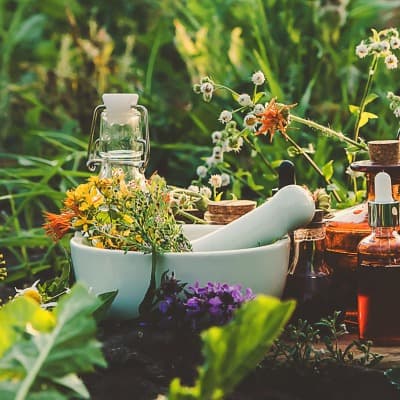 Plant medicine and herbal remedies play a significant role in shamanic healing, as many shamanic traditions have long relied on the healing properties of plants and natural remedies to address physical, emotional, and spiritual ailments.
Plant medicine and herbal remedies play a significant role in shamanic healing, as many shamanic traditions have long relied on the healing properties of plants and natural remedies to address physical, emotional, and spiritual ailments.
Shamans and other healers may work with plants in a variety of ways, such as ingesting them as teas, tinctures, or decoctions, or applying them topically as salves or poultices. They may also use aromatic plants and oils to create healing scents or to aid in meditation and ritual.
The specific plants used in shamanic healing can vary depending on the tradition and cultural context, but many shamanic traditions place a special emphasis on plants that are native to the region and have long been used by indigenous peoples for their healing properties.
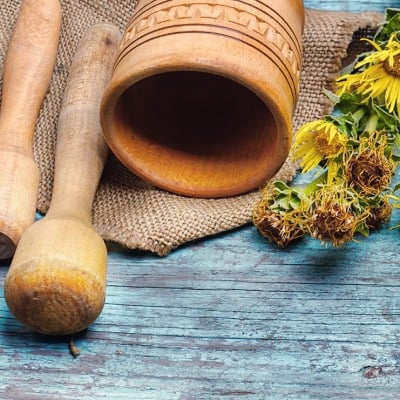 One example of a plant commonly used in shamanic healing is Ayahuasca, a plant-based brew that has been used for centuries by indigenous peoples in the Amazon region for its powerful healing and spiritual properties. Another example is San Pedro, a cactus native to the Andean region of South America that is often used in shamanic ceremonies for its healing and visionary effects.
One example of a plant commonly used in shamanic healing is Ayahuasca, a plant-based brew that has been used for centuries by indigenous peoples in the Amazon region for its powerful healing and spiritual properties. Another example is San Pedro, a cactus native to the Andean region of South America that is often used in shamanic ceremonies for its healing and visionary effects.
Herbal remedies are also commonly used in shamanic healing to address a wide range of physical and emotional ailments, such as pain, inflammation, anxiety, and depression. These remedies may be based on traditional knowledge passed down through generations, or they may be developed through experimentation and trial and error.
Overall, the use of plant medicine and herbal remedies in shamanic healing reflects a deep reverence for the natural world and a recognition of the healing power of the earth’s resources.
We Have Shamanism Related Intro Training Events Most Months!
Checkout our most current shamanic events and offerings below.
Cultivating Resilience: How to Let Go of Toxic People and Thrive in Life
The Path to Liberation: Shedding the Weight of[...]
12 Expert Tips to Thrive in the New Era of Women-Centered Coaching
Introduction: The Rise of Women-Centered Coaching [...]

